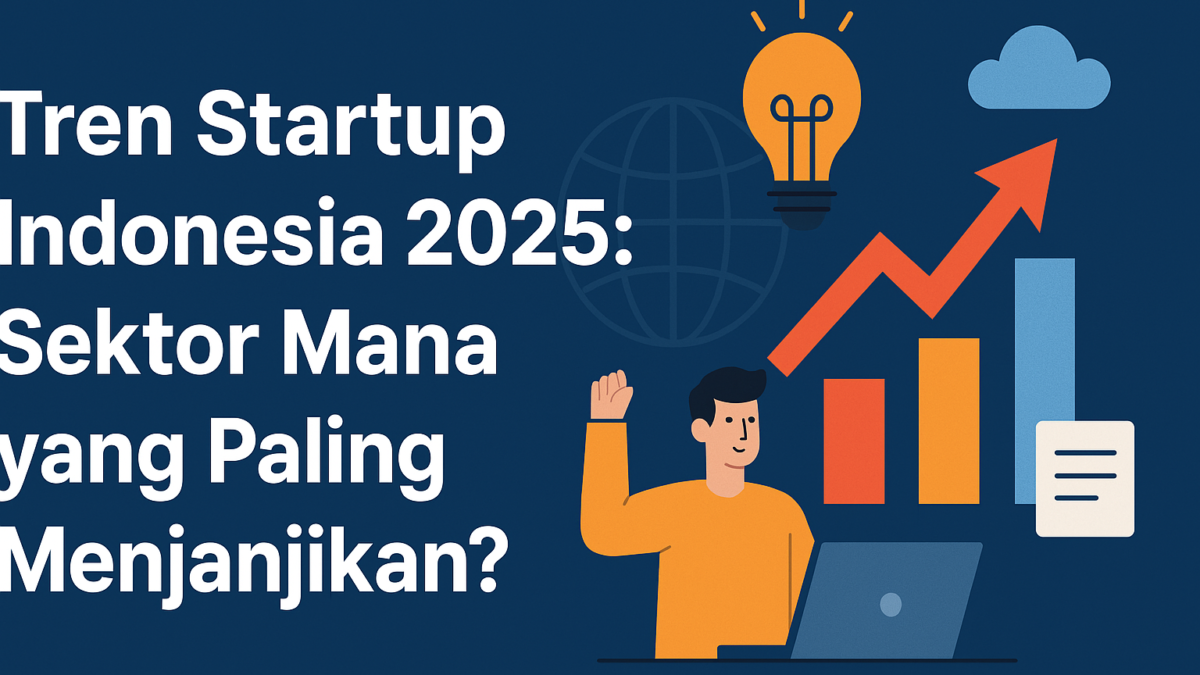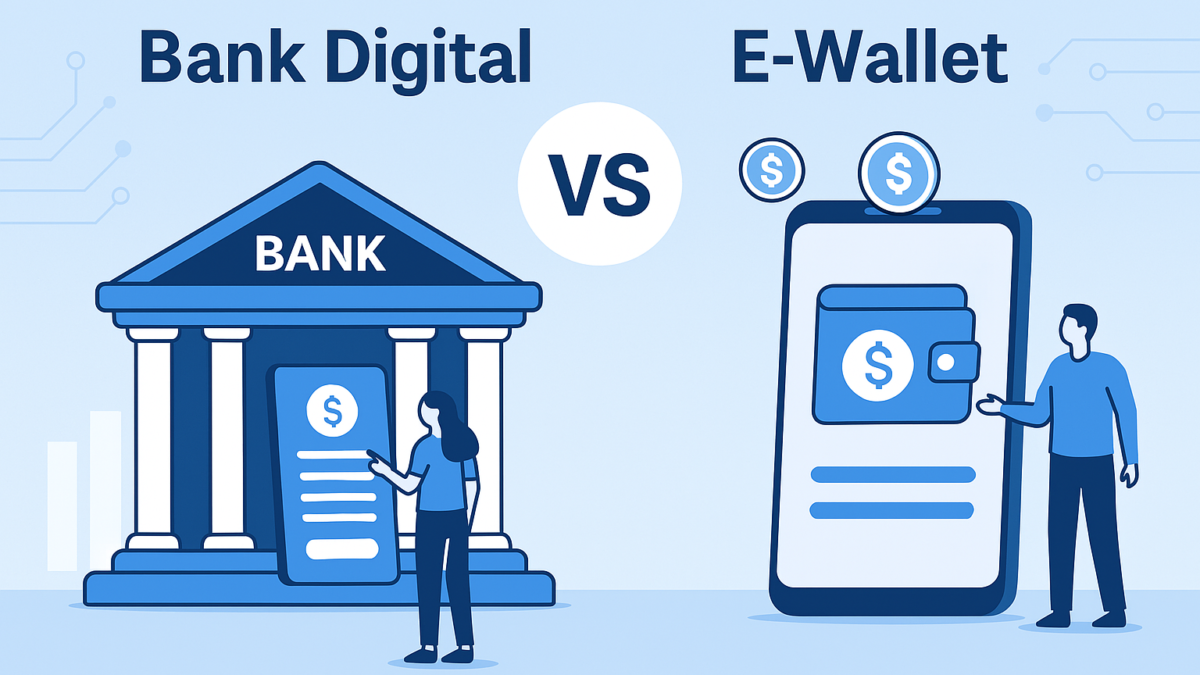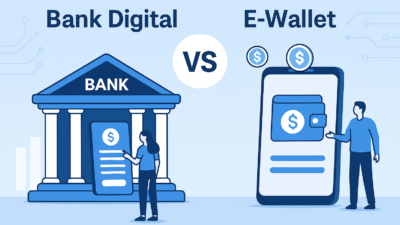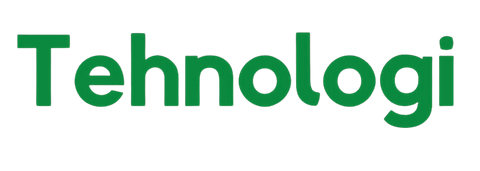
Blockchain technology, often associated with cryptocurrencies like Bitcoin, is much more than a digital ledger for crypto transactions. It’s a groundbreaking innovation with the potential to transform industries, particularly the financial sector. By offering a secure, transparent, and decentralized way of managing data, blockchain is addressing long-standing inefficiencies and creating new opportunities for financial services.
In this article, we’ll explore how blockchain is reshaping the financial industry, its key use cases, and the challenges it faces in mainstream adoption.
Understanding Blockchain Technology
At its core, blockchain is a decentralized, distributed ledger that records transactions across multiple computers in a secure and transparent manner. Each transaction is grouped into a block, which is then linked to the previous block, forming a chain—hence the term “blockchain.”
Key Features of Blockchain:
- Decentralization: No central authority controls the network, reducing the risk of single points of failure.
- Transparency: All participants can view the ledger, promoting trust and accountability.
- Security: Transactions are cryptographically secured, making it nearly impossible to alter past records.
- Immutability: Once a block is added, it cannot be changed, ensuring data integrity.
- Efficiency: Automation through smart contracts reduces the need for intermediaries, speeding up processes.
How Blockchain is Transforming Financial Services
Blockchain is addressing critical pain points in the financial industry, including inefficiencies, high costs, and lack of accessibility. Let’s examine its transformative impact across various sectors.
1. Cross-Border Payments
Traditional cross-border transactions are slow, expensive, and heavily reliant on intermediaries like banks and payment processors. Blockchain technology streamlines this process by enabling peer-to-peer transfers in real-time.
- Example: Ripple’s XRP blockchain facilitates instant cross-border payments with minimal fees, providing an alternative to the costly SWIFT system.
- Impact: Faster settlements, reduced costs, and greater financial inclusion for underserved markets.
2. Smart Contracts
Smart contracts are self-executing agreements coded on a blockchain. They automatically trigger actions when predefined conditions are met, eliminating the need for intermediaries.
- Example: A real estate transaction on a blockchain platform can automatically release funds to the seller once the buyer’s ownership is verified.
- Impact: Enhanced efficiency, reduced human error, and increased trust in contractual agreements.
3. Fraud Prevention and Security
Financial fraud is a significant issue, with billions lost annually. Blockchain’s transparency and immutability make it an ideal solution for reducing fraud.
- Example: Banks use blockchain to verify the authenticity of transactions, preventing duplicate or unauthorized entries.
- Impact: Increased trust and reduced fraud in financial systems.
4. Decentralized Finance (DeFi)
DeFi is an emerging sector that leverages blockchain to recreate traditional financial services—like lending, borrowing, and trading—without intermediaries.
- Example: Platforms like Aave and Uniswap enable users to lend or trade assets directly, earning interest or profits without a bank.
- Impact: Democratization of financial services, allowing anyone with internet access to participate.
5. Trade Finance and Supply Chain
Trade finance processes are often manual, paper-based, and prone to delays. Blockchain digitizes these processes, improving transparency and efficiency.
- Example: IBM’s blockchain-based TradeLens platform tracks shipments in real-time, reducing delays and fraud.
- Impact: Streamlined trade processes and enhanced trust among global partners.
6. Identity Management
KYC (Know Your Customer) processes are time-consuming and repetitive for financial institutions. Blockchain provides a single, secure source of verified identity data.
- Example: Civic’s blockchain-based identity platform allows users to control and share their verified identity with institutions securely.
- Impact: Reduced onboarding time, lower compliance costs, and improved customer experience.
Challenges and Barriers to Adoption
While blockchain holds immense potential, several challenges must be addressed for widespread adoption in the financial sector.
1. Scalability
Blockchain networks like Bitcoin and Ethereum face scalability issues, with limited transaction throughput compared to traditional systems.
- Solution: Layer 2 solutions (e.g., Lightning Network) and newer blockchains like Solana are addressing scalability.
2. Regulatory Uncertainty
Governments worldwide are still defining how to regulate blockchain and cryptocurrencies, creating uncertainty for businesses.
- Solution: Collaborative efforts between regulators and industry stakeholders are essential to establish clear guidelines.
3. Interoperability
Most blockchains operate in isolation, limiting their ability to communicate and share data.
- Solution: Projects like Polkadot and Cosmos are working on interoperability protocols to connect blockchains seamlessly.
4. Energy Consumption
Proof-of-work (PoW) blockchains like Bitcoin consume significant energy, raising environmental concerns.
- Solution: Transitioning to energy-efficient consensus mechanisms like proof-of-stake (PoS) can mitigate this issue.
Case Studies: Blockchain in Action
1. JPMorgan’s Onyx Network
JPMorgan Chase launched Onyx, a blockchain-based platform for interbank payments. It processes transactions in real-time, reducing settlement times and costs.
2. Visa’s Blockchain Pilot
Visa is testing blockchain for cross-border payments, enabling faster and more secure money transfers for its global network of users.
3. Reserve Bank of India’s Blockchain Initiative
India’s central bank is exploring blockchain for secure digital currency issuance, aiming to enhance financial inclusion and reduce the cost of cash management.
The Future of Blockchain in Finance
As blockchain matures, its applications in the financial industry are expected to expand further:
- Central Bank Digital Currencies (CBDCs): Governments may adopt blockchain-based digital currencies for faster, more transparent monetary systems.
- Tokenization of Assets: Real estate, art, and other illiquid assets could be tokenized for fractional ownership and trading.
- Integration with AI: Combining blockchain with artificial intelligence could optimize decision-making and risk management in finance.
Conclusion
Blockchain technology is revolutionizing the financial industry by introducing efficiency, security, and transparency. From cross-border payments to decentralized finance, it is addressing systemic inefficiencies and empowering individuals worldwide. While challenges remain, ongoing innovation and collaboration are paving the way for a more inclusive and resilient financial ecosystem.
For those willing to embrace this technological shift, blockchain offers a glimpse into the future of finance—one that is decentralized, equitable, and driven by trustless systems.















